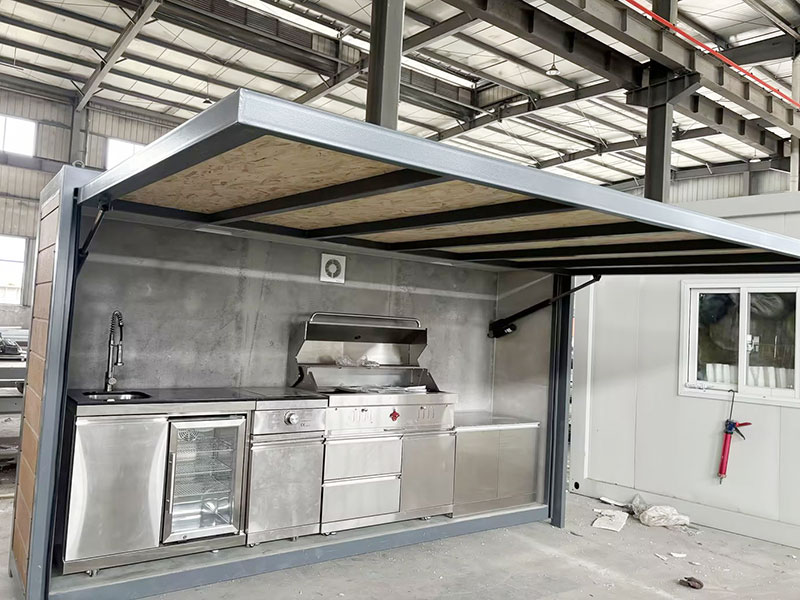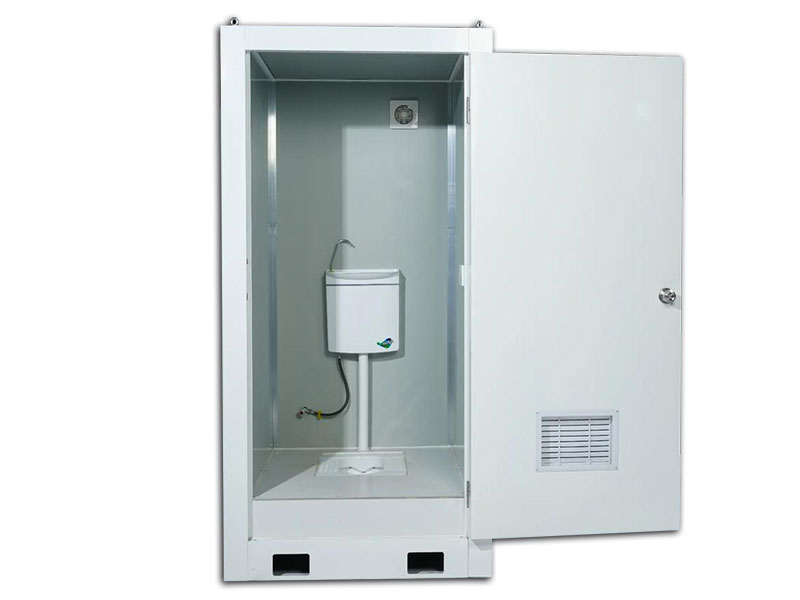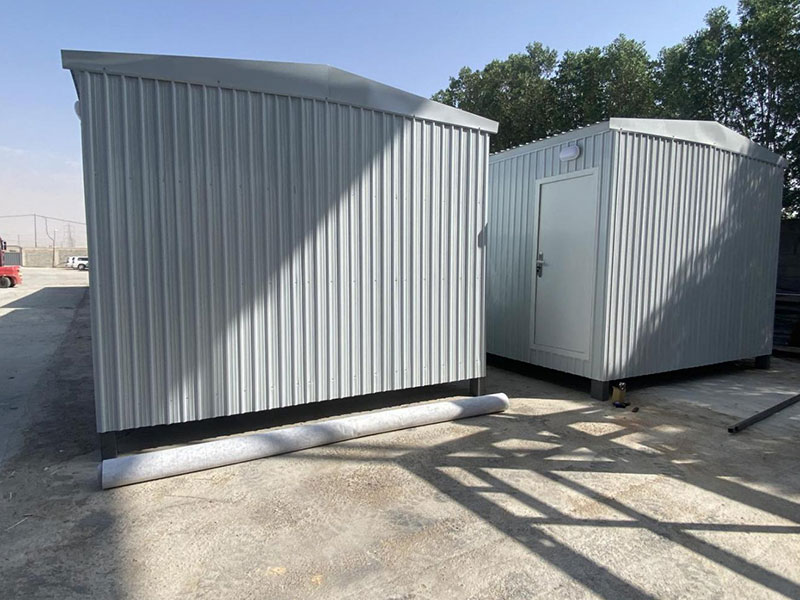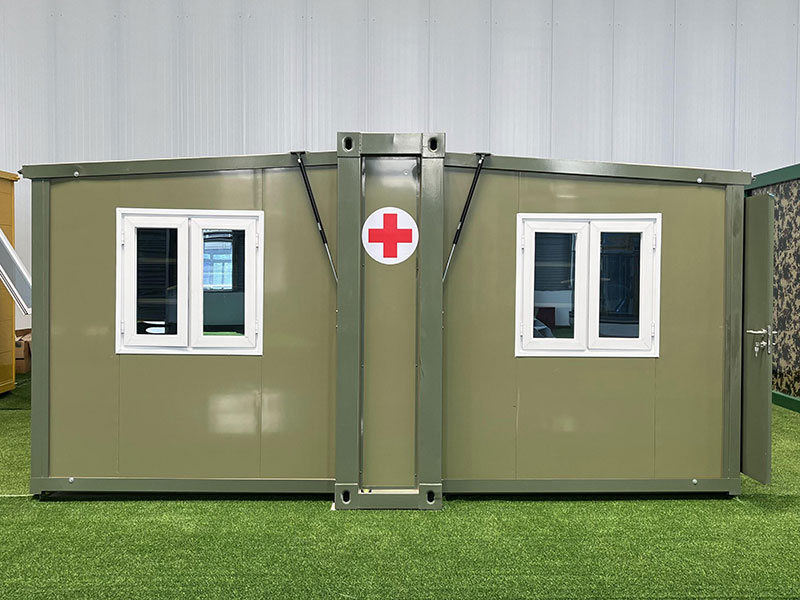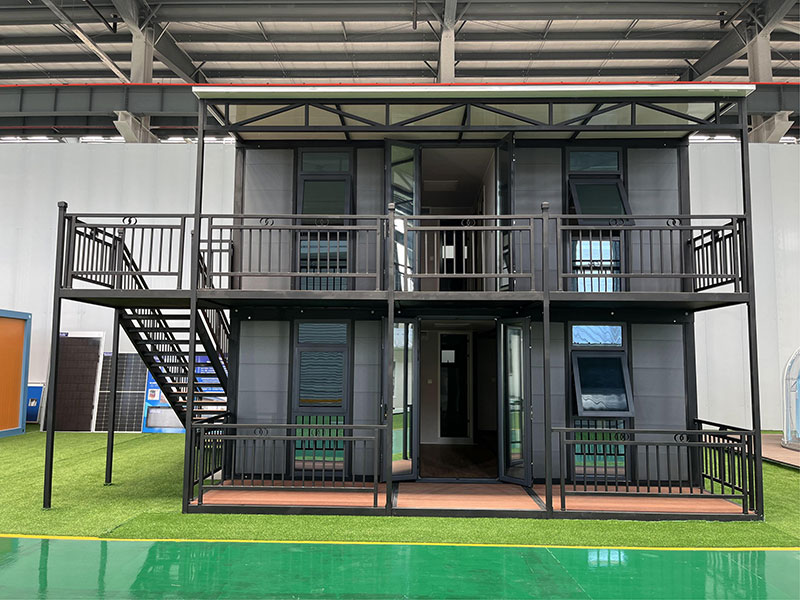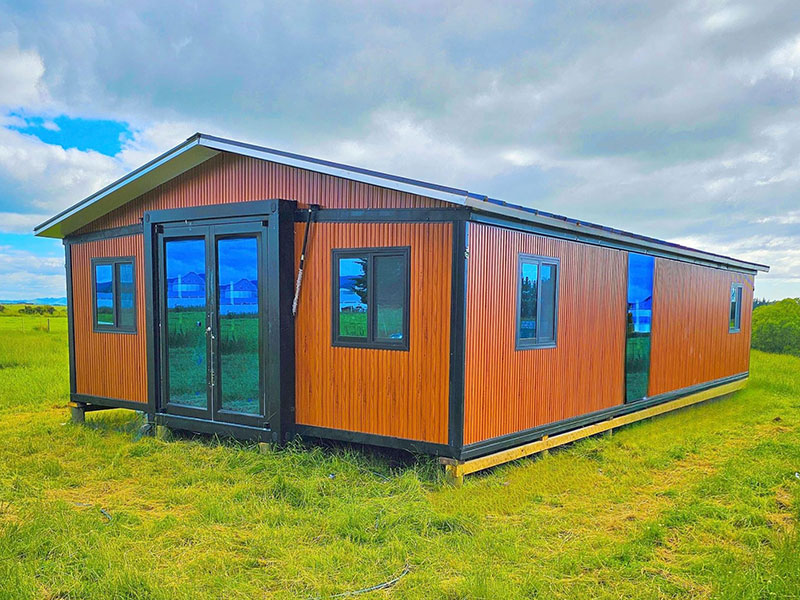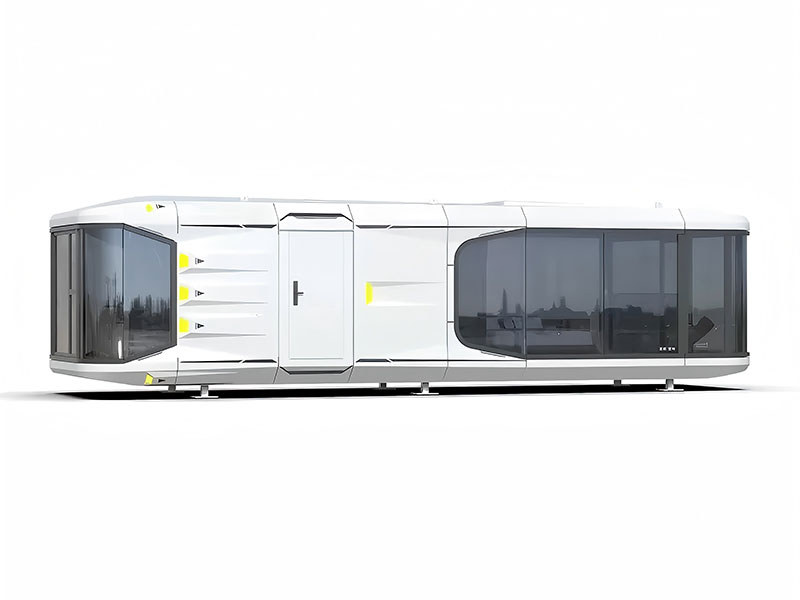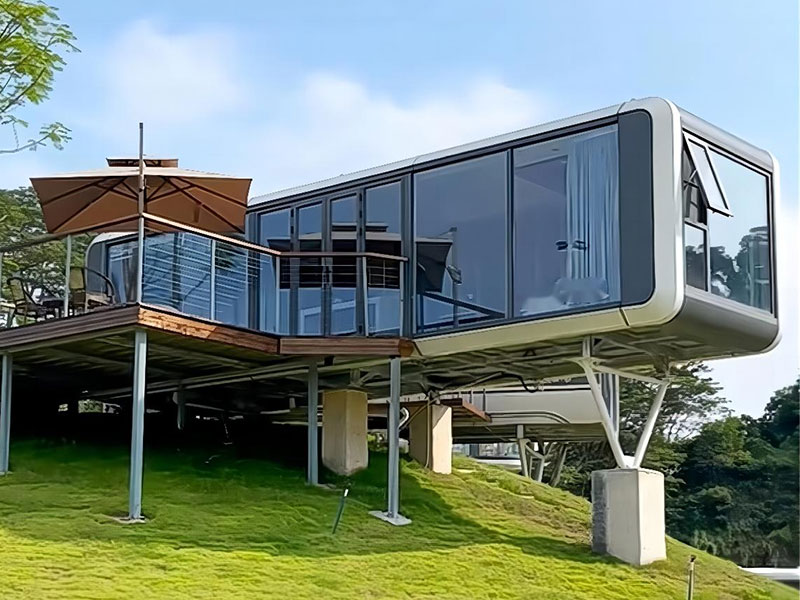The Future Trends of Prefabricated Portable Houses
2025-06-30The world of construction and housing is constantly evolving, and prefabricated portable houses are at the forefront of many exciting trends. These trends are shaping the future of how we live, work, and use these versatile structures.
Advanced Materials and Construction Techniques
In the future, we can expect to see the use of more advanced materials in the construction of portable houses. New composite materials with enhanced strength, durability, and insulation properties are likely to become more prevalent. For example, materials that are not only lightweight but also highly resistant to fire, water, and pests will be used to build portable prefabricated houses, improving their longevity and performance.
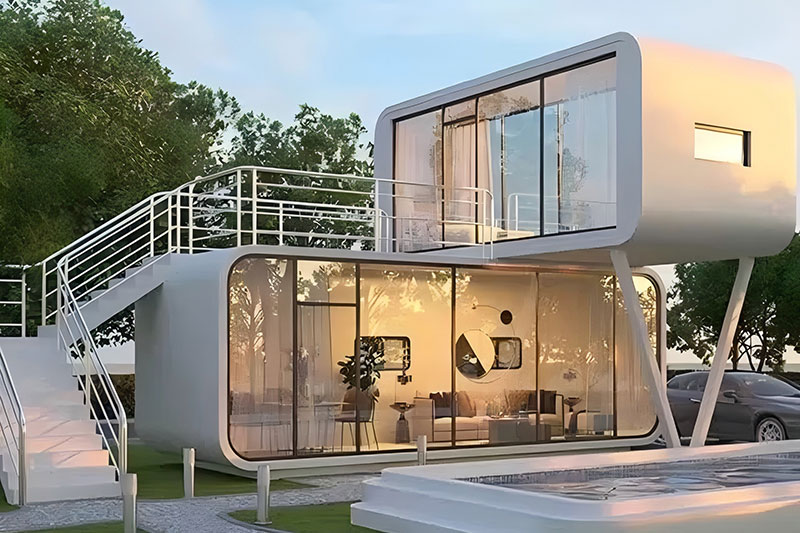
Advanced construction techniques, such as 3D printing, may also play a significant role. 3D printing can enable the creation of complex and customized designs for portable houses more quickly and cost-effectively. This technology allows for the precise layering of materials, reducing waste and potentially opening up new possibilities for unique architectural designs in portable prefab houses.
Increased Focus on Sustainability
Sustainability will continue to be a major trend for prefabricated houses. There will be a greater emphasis on using renewable and recycled materials in construction. In addition, the integration of more efficient renewable energy systems, such as larger solar panel arrays and more powerful wind turbines, will become standard in prefabricated portable houses. These houses may also incorporate energy storage solutions, such as batteries, to store excess energy generated during the day for use at night, further enhancing their self-sufficiency and sustainability.
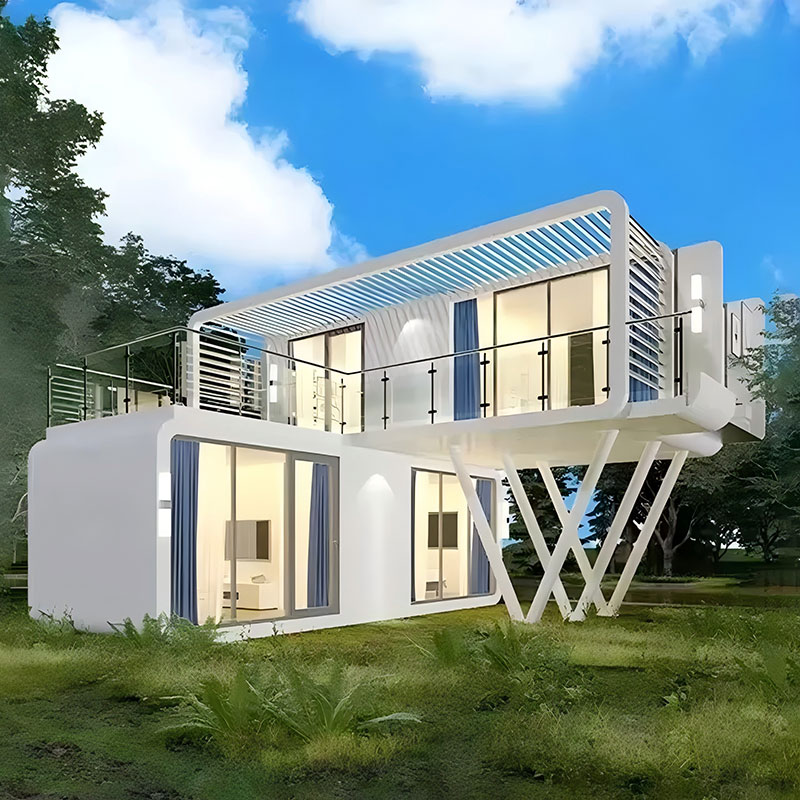
Modular and Expandable Designs
Modular and expandable designs will become even more popular for prefabricated portable houses. Homeowners and businesses will want the flexibility to expand or modify their structures as their needs change. Future portable prefabricated houses may feature modular components that can be easily added or removed, allowing for seamless expansion of living or working spaces.
For example, a small prefabricated portable house used as a home office can be expanded to include additional rooms for a growing family or a larger workspace. This modularity not only offers practical benefits but also makes prefabricated portable houses more adaptable to different lifestyles and circumstances.
In conclusion, the future of prefabricated portable houses looks promising, with exciting trends in materials, sustainability, and design. These trends will make these houses even more appealing, functional, and environmentally friendly in the years to come.

